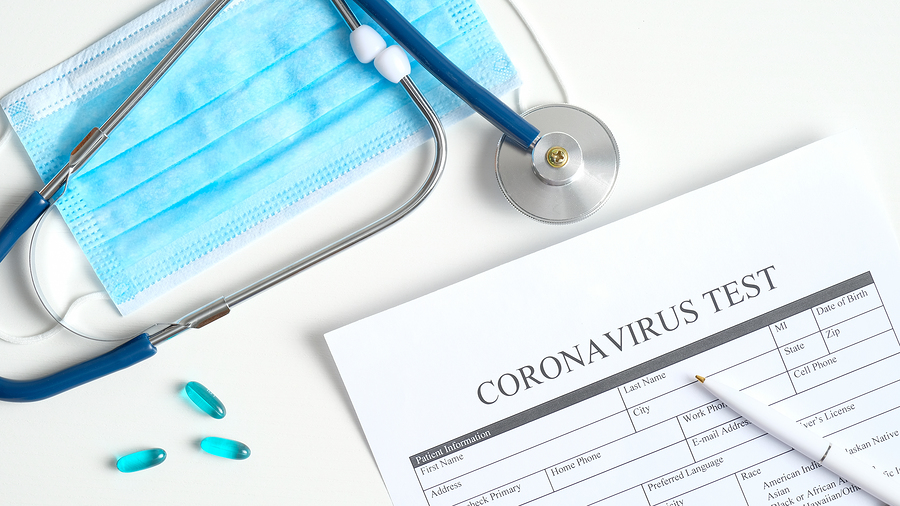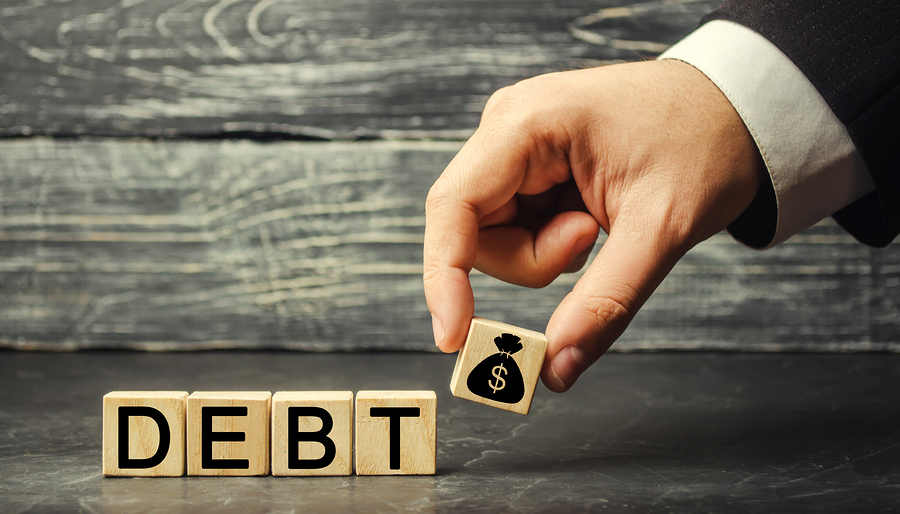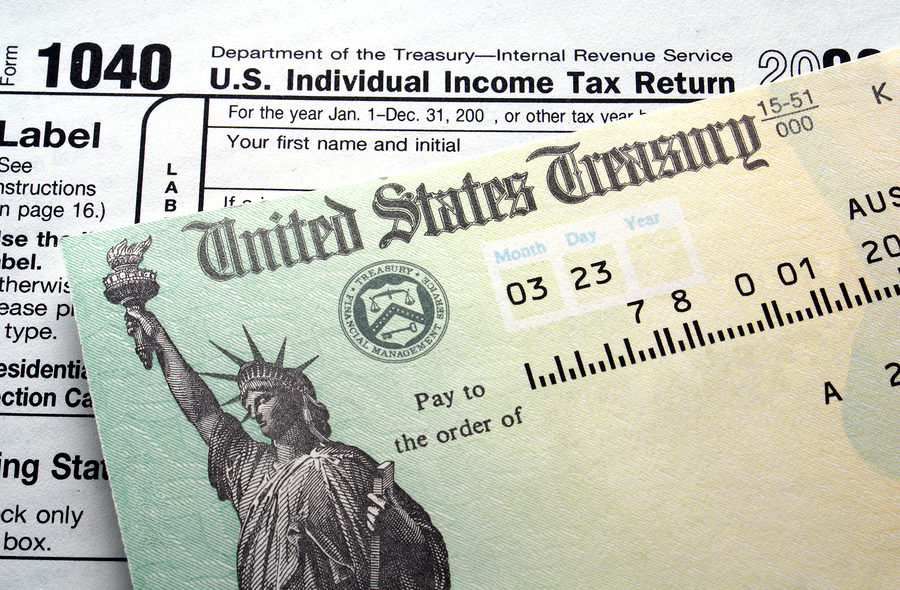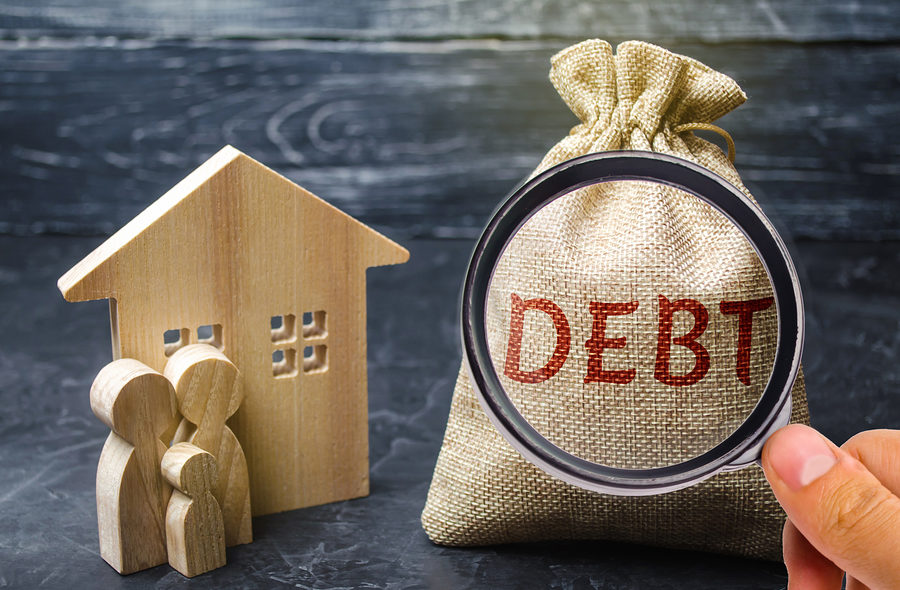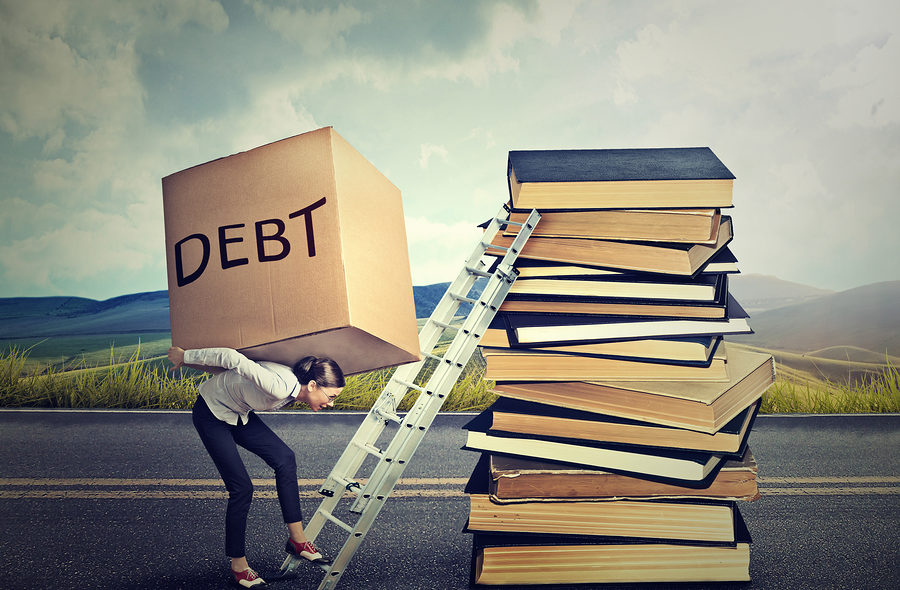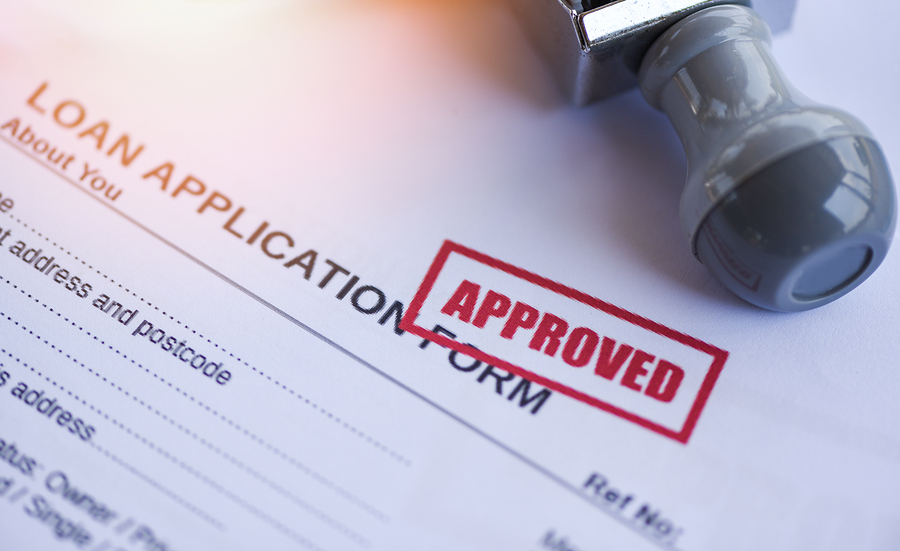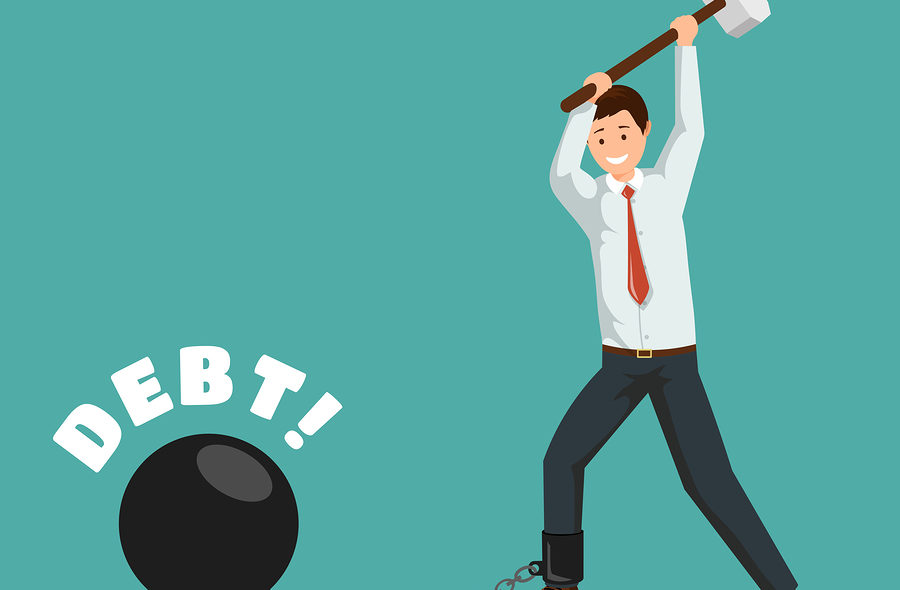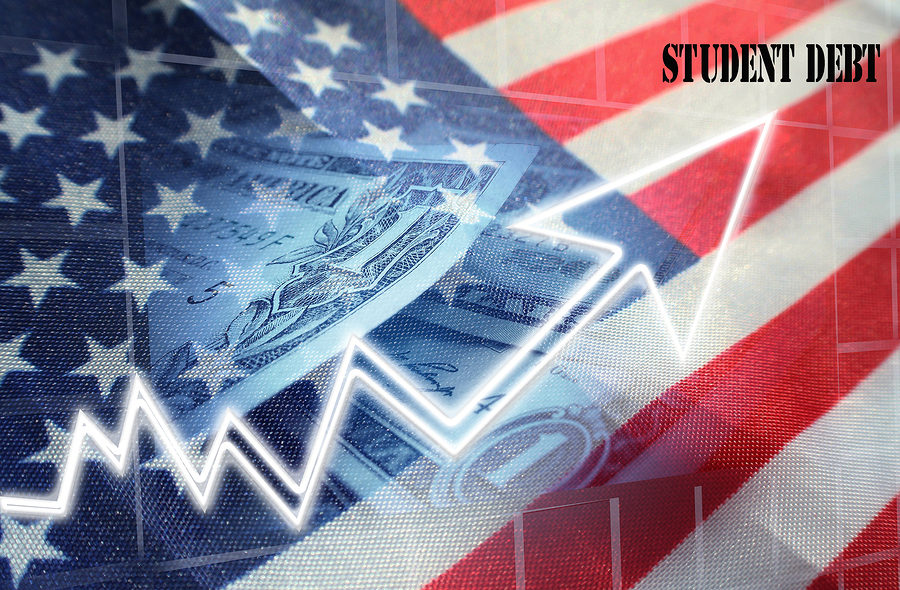The coronavirus has many people worrying about what will happen if they contract the virus. Now that the virus has spread to parts of the U.S., Americans are concerned about whether they should get tested for the coronavirus if they experience flu-like symptoms. Since this virus is relatively new and not completely understood, its testing may not be covered by private health insurance. Out-of-pocket medical costs can cost patients thousands of dollars, if the testing is not covered under their health insurance plan.
Florida businessman, Osmel Martinez Azcue reported experiencing flu-like symptoms after he returned from a trip to China in January. When he began experiencing the symptoms, Azcue went to the hospital to be tested for the virus. One of the tests he was offered at the hospital was a CT scan, which is one of the best methods used to detect the virus. He first went with the simple flu test to rule out the possibility that he was suffering from the common flu, which fortunately is what it turned out to be. For him, the CT scan was not necessary.

